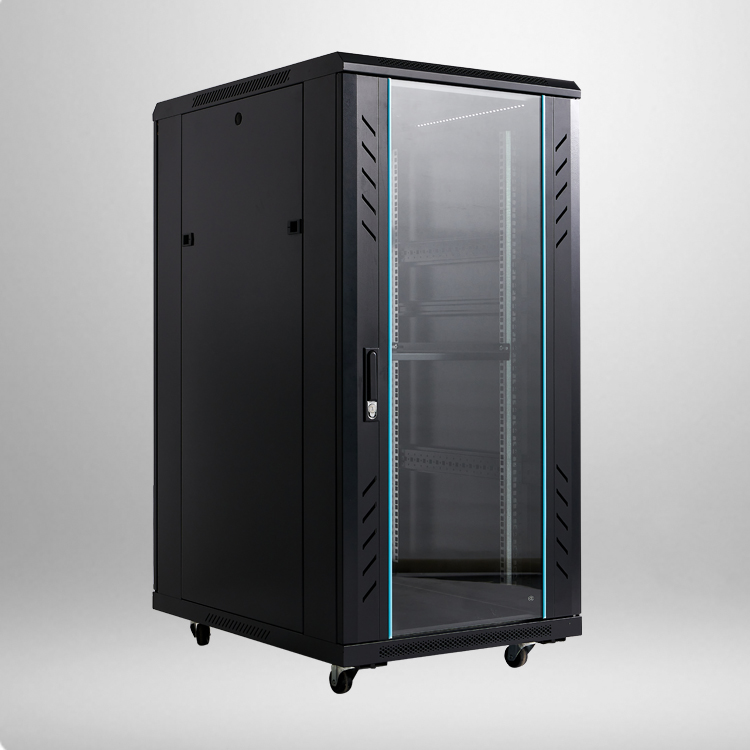
Network server cabinets are a crucial component of any IT infrastructure, providing a secure and organized space to store networking equipment and servers. These cabinets come in various sizes and configurations to suit the needs of different businesses and organizations. They offer a range of features that make them essential for managing network equipment effectively.
One of the key features of network server cabinets is their sturdy construction. They are typically made of durable materials such as steel or aluminum to provide protection for the valuable network equipment inside. Some cabinets also come with reinforced doors and side panels for added security.
Many network server cabinets are designed with ventilation in mind to prevent overheating of equipment. They often come with built-in fans or vents to ensure adequate airflow and prevent equipment from getting damaged due to high temperatures. Some cabinets even have adjustable shelves to allow for better airflow and cooling.
Another important feature of network server cabinets is their cable management capabilities. These cabinets come with cable management systems, such as cable trays and guides, to keep cables organized and prevent them from becoming tangled or damaged. This not only improves the aesthetics of the cabinet but also makes it easier to troubleshoot and maintain the equipment.
Many network server cabinets also come with locking mechanisms to prevent unauthorized access to the equipment inside. These locks can be key-operated or electronic, depending on the level of security required. Some cabinets even come with biometric locks for added protection.
Some network server cabinets are equipped with wheels or casters for easy mobility. This allows for easier access to the equipment and makes it simple to move the cabinet to a different location if needed. Additionally, some cabinets come with adjustable feet for stability on uneven floors.
In terms of organization, network server cabinets often come with customizable configurations to suit different types of equipment. They may feature adjustable shelves, rails, and mounting brackets to accommodate servers, switches, routers, and other networking equipment. This versatility allows for easy customization and organization of equipment within the cabinet.


